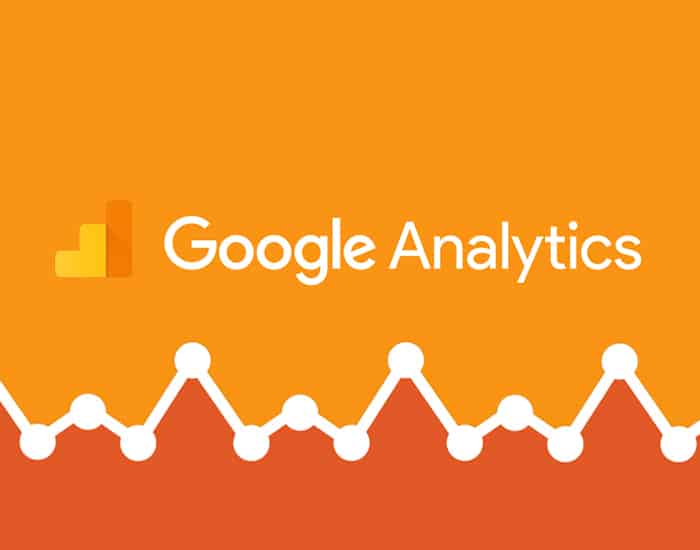
What is Google Analytics?
Google Analytics is critical to any digital marketing strategy, it is a free, statistics tool available in the market. It monitors all numbers related to site traffic, can capture geographical, demographic and various statistics, such as how many visits a site receives, where does the site come from, which region most accesses the site, which pages are most accessed from the website. With this information, you can improve the website’s interaction with your visitors, thereby gaining a greater return on your objection.
Why use Google Analytics?
Google Analytics offers more than 500 different metrics, not counting reports with custom crosses you can create. All of these reports and graphs provide insights about content, site structure, and the sources that generate visits to the site.
With the information one can draw conclusions by interpreting the generated graphs and tables. This is what we call Web Analytics.
Through the web analysis and the mastery of available tools you can have a clear reading of all the information regarding numbers and behavior of users of any type of website, be it content or e-commerce.
Let’s look at some of the most commonly used features:
-
Preview: the path visitors take to get to the Website
Navigation Preview reports analyse the path a visitor takes on the site. Helps visually assess how users interact with pages.
-
Advanced Segmentation: easy analysis of specific sections of the traffic
Why do some visits generate more sales and others do not? You can find answers to these types of questions through the Advanced Segments. Through predefined segments like “Visits with Conversions” or “Organic Traffic“, you can easily analyze individual segments or compare various segments of all reports.
-
Really Simple Captcha
Tells how many people are on the website right now, where they come from, and what they are viewing. With real-time analysis, you’ll find out if the new content on the website is popular, whether the promotion of the day is driving traffic to the website, and also the immediate effects of tweets and blog posts.
